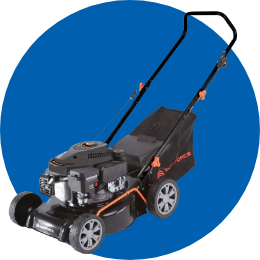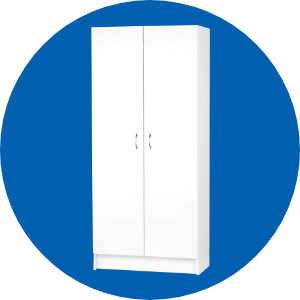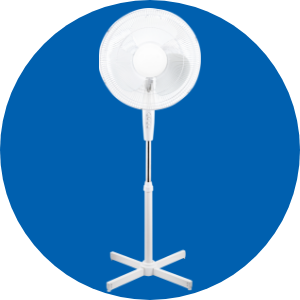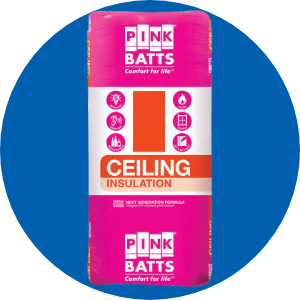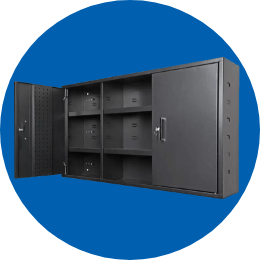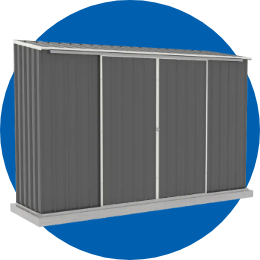- 17 February 2024
Pollinators and Their Role in Your Garden
Insects play an important role in our gardens. Bees and other pollinating insects are an important part of a healthy garden. They are essential for helping pollinate many of our fruits and vegetables. Pollinating insects transfer pollen from the anthers to the stigma. Many plants need ‘cross pollination’ to set fruit – pollen must be carried from one flower to another flower of the same type.
To ensure that you have a bountiful crop plant bee-attracting flowers into your garden and vegetable patch, it is important to grow a wide variety of plants, that flower at different times of the year, so bees are attracted into the garden and provided with a source of food year-round.
Bees especially love blue, purple and yellow flowers.
Choosing the Right Plants to Attract Bees


Salvia “Victoria Blue”
- Salvias are renowned for providing an outstanding Autumn show of colour
- They are tough, easy to grow and come in many colours with the versatility to fit in almost any garden
- They are “nectar rich” making them attractive to bees and a perfect companion for edible crops


Nasturtiums
- Nasturtiums are a great companion plant for vegetables
- They are also a favourite of aphids and can be used as a sacrificial crop to protect more valuable plants
- As well as being highly ornamental, Nasturtium flowers and leaves give a crisp, peppery taste to salads, as well as some great colour
- The seed pods look very similar to capers and taste similar too
- Their flower adds many shades of red, orange, yellow to your garden from Autumn through to late Spring


Lavender
- Lavenders attract pollinating insects, so are ideal to grow near vegetable patches
- They love full sun and well-drained soil
- Lavender plants develop a good root system, so they don’t need too much water
- As Lavender plants age, bushes can become woody
- When pruning, it’s important to retain the green foliage and don’t cut back into the old wood


Borage (Borago officinalis)
- Borage is an easy, fast-growing herb with vivid blue starry flowers
- It is often grown in vegetable gardens where it is considered a good companion plant for tomatoes
- The young leaves can be used in soups or in salads, with their sweet cucumber flavour
- Leaves and flowers can also be used in drinks or infused as a herbal tea
- Borage are a pollinators favourite and are a hardy, prolific self-seeding annual
- Flowers from Winter into Spring


Calendula Orange Salad (Calendulaofficinalis)
- A hardy annual that produces beautiful orange daisy-like flowers that are edible
- Extremely easy to grow and will cope well with a wide range of soils and climates
- Calendula has been regarded as one of the safest and best herbs for treating skin problems. You can use as a strong tea wash on sunburn and rashes, chapped hands and more
- Calendula attracts many beneficial insects to the garden. It also repels unwanted soil pests making this orange daisy a very versatile plant
- Calendula flowers can be used as a garnish in salads and also added to stir fries and soups
Designing Your Garden for Pollinators
Creating a garden that attracts bees involves more than just planting flowers. Consider these design tips:
- Plant Diversity: Plant a variety of flowering species to ensure blooms through all seasons. This provides bees with a constant source of food.
- Garden Layout: Plan your garden layout to include clusters of the same plants to attract more bees at once. Bees prefer to work an area thoroughly before moving on.
- Water Sources: Include a small water basin or a bird bath in your garden as bees need water just as much as they need nectar and pollen.
- Avoid Pesticides: Opt for organic pest control methods to keep your garden safe for bees and other pollinators.
Maintaining Your Bee Garden
Proper maintenance is key to a flourishing bee garden. Regular pruning, mulching, and watering will keep your plants healthy, making them more attractive to bees.
- Pruning: Keep your plants tidy to encourage new growth and more flowers.
- Mulching: Mulch helps retain moisture in the soil, suppress weeds, and provide necessary nutrients as it decomposes. Select the right mulch for your garden.
- Seasonal Care: Adjust your care routine with the seasons. Provide extra water in summer and protect plants from frost in winter.
There is also more info on how to build your own DIY Bee Hotel in this article. Enhancing your garden to attract bees not only supports the environment but also enriches your home gardening experience. With these tips and the right supplies from Mitre 10, you’re equipped to create a thriving, bee-friendly garden that will blossom beautifully throughout the year. Visit Mitre 10's Garden Projects for further inspiration and insights.




